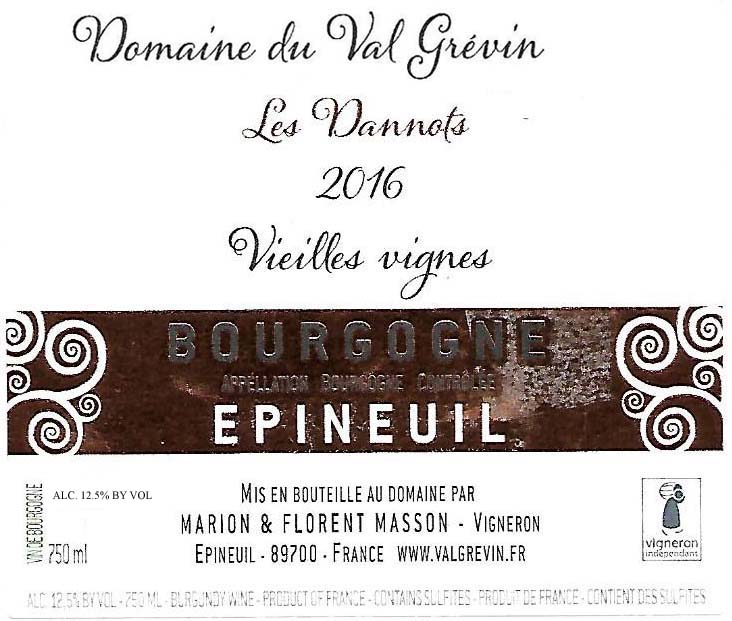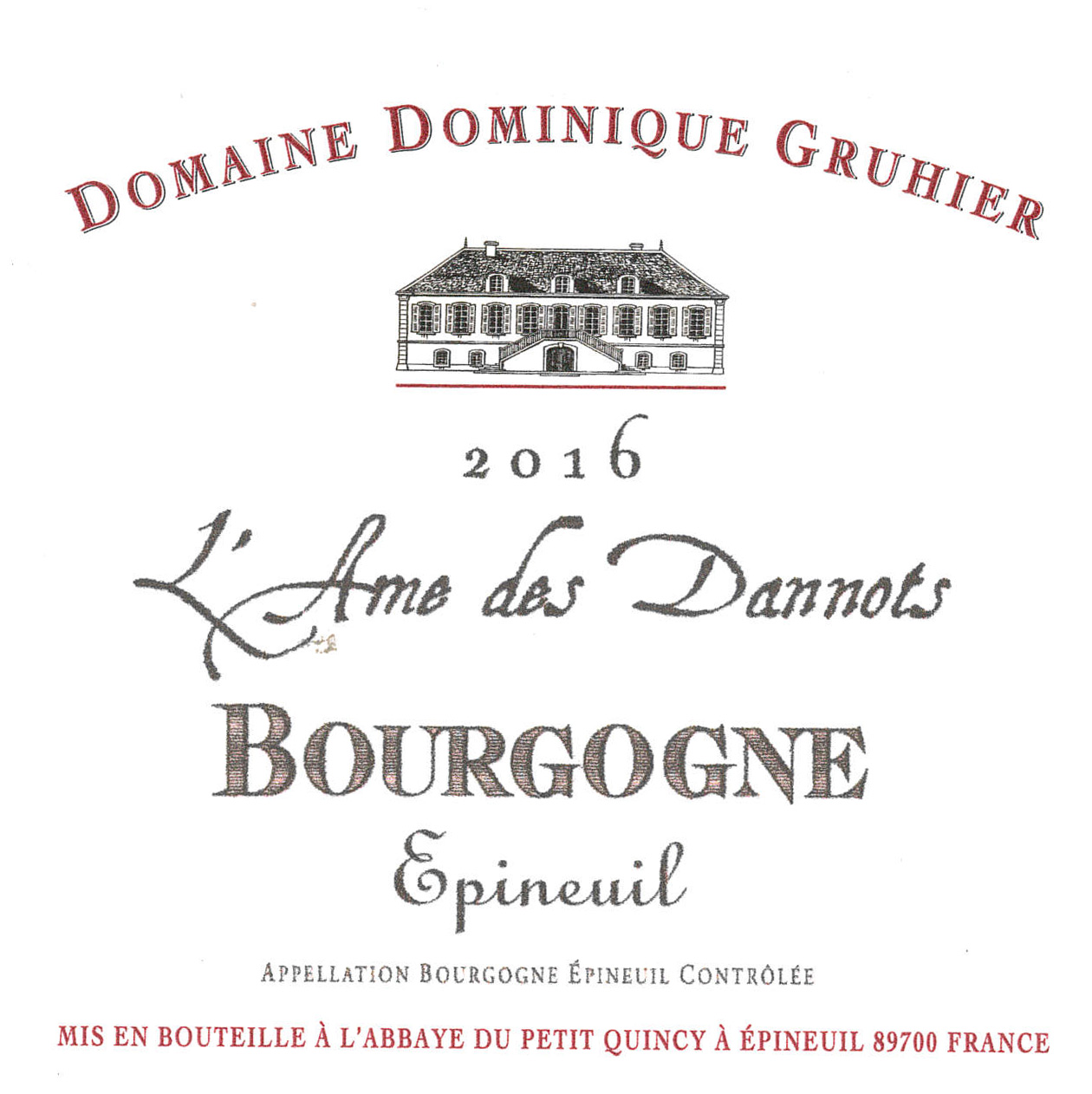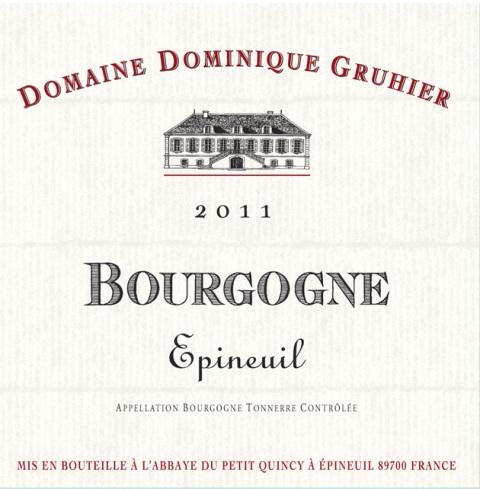Terroir of Crémant de Bourgogne
The terroir of Crémant de Bourgogne extends from the Kimmeridgian limestone and chalky marls of Northern Yonne to the Jurassic limestone and clay-marl of the Côte d’Or. These soils give the wines a steely minerality and vibrant acidity, especially in Chardonnay-dominant Crémants. The region's mostly continental climate, with cold winters, warm summers, and cool nights, helps maintain the high acidity crucial for sparkling wines.
Further south, the Côte Chalonnaise and Mâconnais feature mixed limestone and clay soils, with warmer summers and milder winters. Here, Crémants show riper fruit flavors and a creamier texture, balanced by careful vineyard management to keep their freshness. The temperature swings across all subregions aid in developing ripe aromas while preserving the bright acidity that characterizes the crisp, refreshing profile of Crémant de Bourgogne.
Notable Wineries in Crémant de Bourgogne
In the heart of Burgundy, several prestigious wineries are celebrated for their Crémant de Bourgogne. These wineries highlight the region's diverse terroirs and expertise in traditional-method sparkling wines.
-
Louis Bouillot (Nuits-Saint-Georges): A historic estate renowned for its Crémant de Bourgogne, offering a spectrum of styles, from rosé to vintage, elevating this sparkling wine to new heights.
-
La Chablisienne (Chablis): This top cooperative in Yonne emphasizes mineral-driven Crémants, showcasing Chardonnay from the distinct Kimmeridgian limestone soils.
-
Vignerons de Lugny (Mâconnais): As a leading southern Burgundy cooperative, they produce consistently high-quality Crémant de Bourgogne, celebrated for its fresh and fruity character.
Across Burgundy, numerous family domaines and cooperatives contribute to the vibrant diversity and rich traditions of Crémant de Bourgogne, underscoring the area's unique ability to produce world-class sparkling wines.
Sustainable Winemaking in Crémant de Bourgogne
Burgundy is at the forefront of sustainable wine practices, with many vineyards embracing organic and biodynamic methods. By obtaining certifications such as France's AB and Demeter, these vineyards enhance soil health and biodiversity, allowing the land's true character to emerge in their Crémant de Bourgogne wines.
Water and soil management is essential, especially on the region's hilly terrains. Farmers combat erosion by maintaining plant cover and creating terraces, using irrigation sparingly, and innovating water capture and reuse in winemaking. In cellars, there's a focus on purity through temperature-controlled fermentations and minimal sulfur use, with many adopting energy-efficient and waste-reducing practices.
Numerous estates also pursue Haute Valeur Environnementale (HVE) certification, highlighting their commitment to reducing carbon emissions, enhancing biodiversity, and minimizing chemical use, ensuring the future of Burgundy's sparkling wine legacy.
Wine Tourism in Crémant de Bourgogne
Crémant de Bourgogne offers a rich wine tourism experience through its charming routes and historic cellars.
-
Explore Cellars and Vineyards: Walk the famous wine routes like Route des Grands Crus, exploring limestone caves where traditional methods shine.
-
Join Guided Tours & Tasting Centers: Participate in organized tours or guided walks through vineyards, combining tastings with visits to historic villages.
-
Experience Festivals & Wine Events: Enjoy regional festivals where Crémant de Bourgogne pairs beautifully with local foods.
-
Enjoy Local Culture & Gastronomy: Pair Crémant with local cheeses and charcuterie, or combine cultural visits to castles with wine tastings at nearby producers.
Whether it's savoring Crémant in a cozy village restaurant or exploring the region's cultural landmarks, Burgundy offers a blend of wine, history, and tradition.





